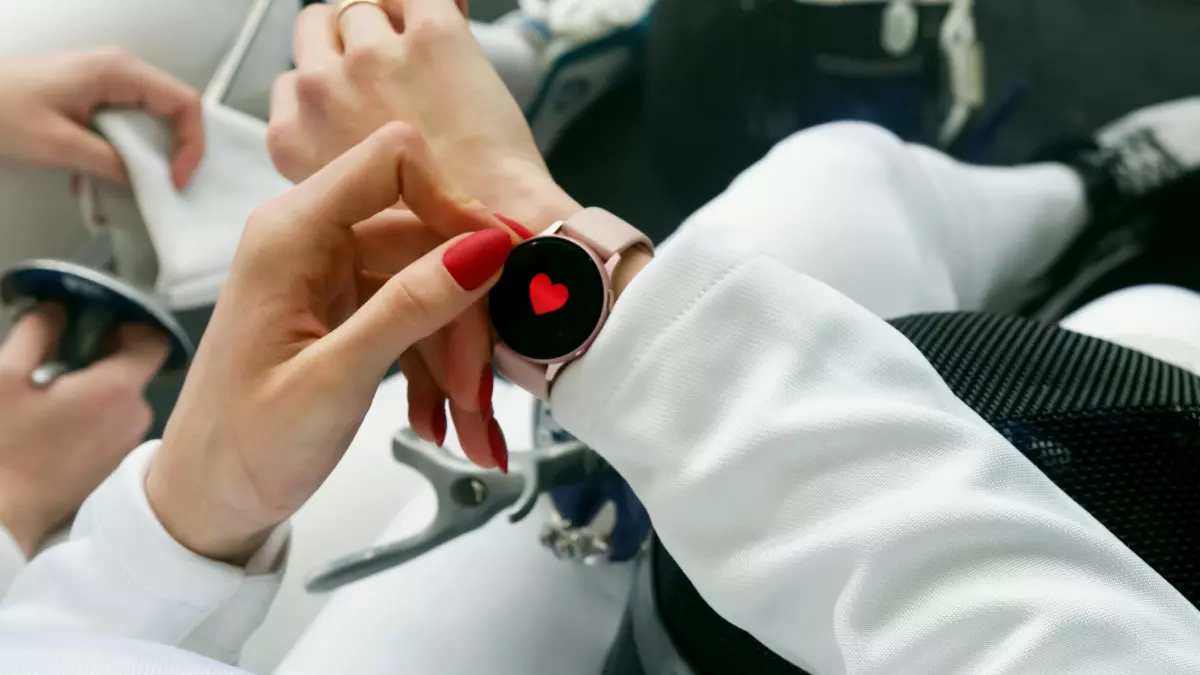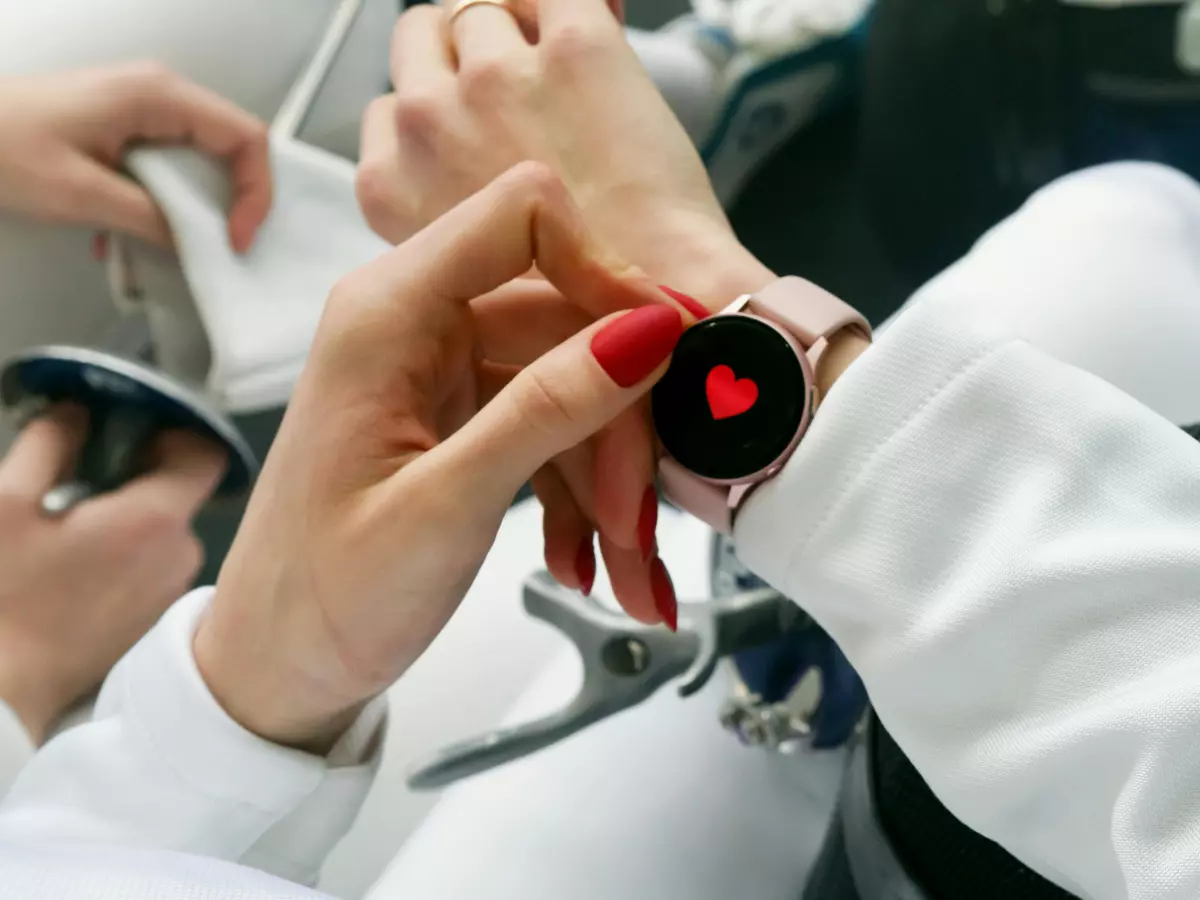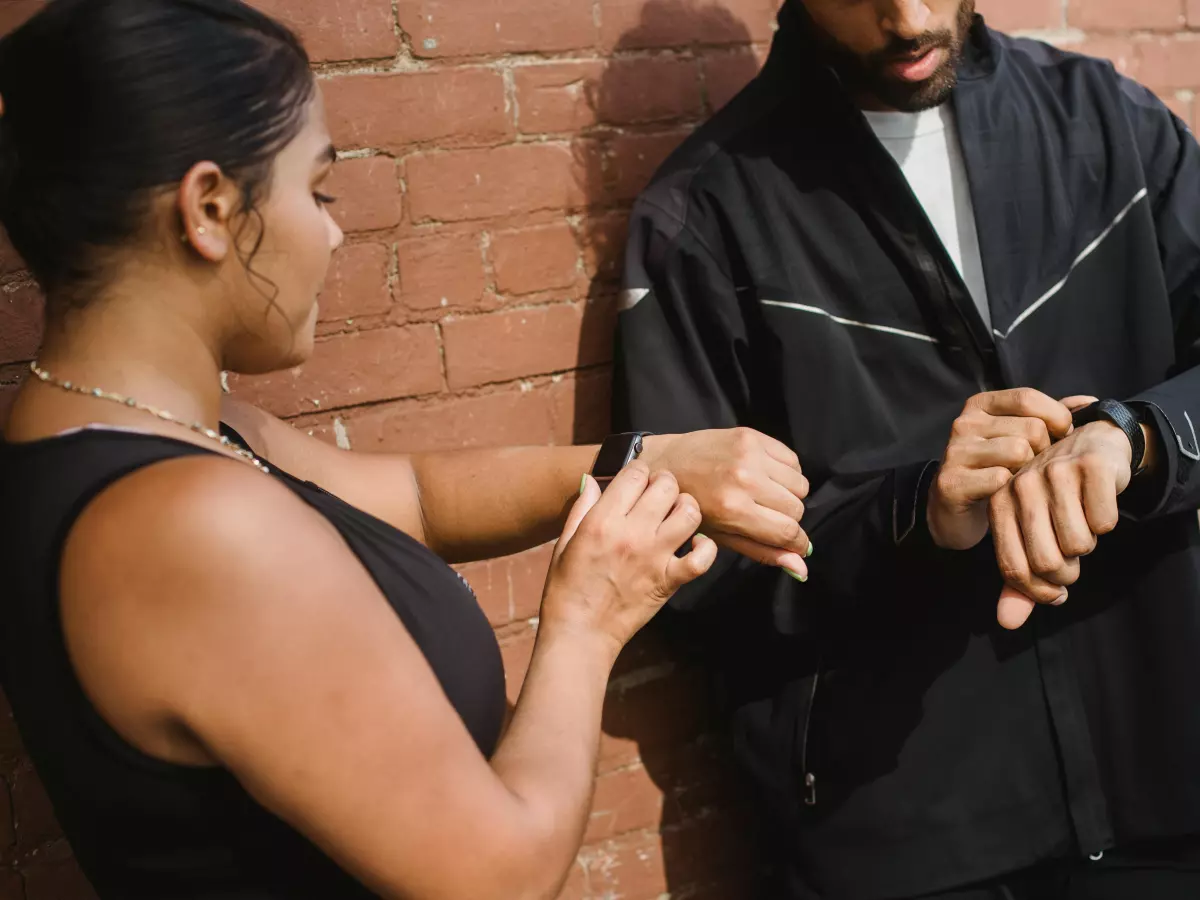Wearable Tech's Hidden Symphony
Did you know that over 80% of wearable device users are unaware of how software orchestrates sensors and battery life? Let’s decode the magic.

By Laura Mendes
"Technology is best when it brings people together," said Matt Mullenweg, the co-founder of WordPress. While he wasn’t talking about wearables, his words resonate deeply with the tech that hugs your wrist or tracks your steps. Wearables don’t just measure your heart rate or count calories—they bring together a symphony of sensors, software, and battery management to create a seamless experience.
But here's the kicker: most of us have no idea how this invisible orchestra works. Today, we’re diving into the unsung hero of wearables—the software. It’s the glue that binds sensors and battery life, ensuring your device doesn’t just work but works smartly.
Software: The Brain Behind the Beauty
Let’s get one thing straight: sensors might be the stars of the wearable world, but software is the director behind the scenes. Without it, your heart rate monitor would be a glorified blinking light, and your step counter would be as accurate as a toddler guessing your age.
Wearable software acts as the interpreter between sensors and the user. It collects raw data from sensors like accelerometers, gyroscopes, and optical heart rate monitors, then processes it into something meaningful—like your daily step count or sleep quality score. This real-time data processing is what makes wearables feel intuitive and, dare I say, magical.
Battery Life: The Eternal Tug-of-War
Here’s where things get tricky. Sensors are power-hungry little beasts, and the more data they collect, the more juice they need. Enter software, the peacekeeper in this eternal tug-of-war. Advanced algorithms optimize sensor usage, ensuring they’re only active when needed. For example, your wearable might use GPS sparingly during a run to save battery while still giving you accurate distance tracking.
Some wearables even employ AI-driven software to predict your usage patterns. If you’re a morning runner, the software might preemptively adjust settings to prioritize GPS and heart rate monitoring during those hours, conserving battery for the rest of the day.
Integration: The Secret Sauce
Now, let’s talk about integration—the secret sauce that makes wearables more than just a collection of sensors strapped to your body. Software doesn’t just process data; it integrates it across multiple sensors to provide a holistic view of your health and activity.
Take sleep tracking, for example. Your wearable combines data from motion sensors, heart rate monitors, and even skin temperature sensors to determine not just whether you’re asleep but how well you’re sleeping. This level of integration wouldn’t be possible without sophisticated software weaving it all together.
The Future: Smarter, Leaner, Greener
As wearables continue to evolve, software is becoming smarter, leaner, and greener. Machine learning algorithms are being integrated to make wearables more predictive and less reactive. Imagine a wearable that adjusts its sensor usage based on your stress levels or one that learns your habits so well it feels like a personal assistant.
Battery technology is also catching up, but software remains the linchpin. Developers are exploring ways to make wearables more energy-efficient, from better sleep modes to smarter data compression techniques. The goal? To give you a device that lasts longer, works harder, and feels like an extension of yourself.
So, the next time you glance at your wearable to check your heart rate or step count, take a moment to appreciate the software working tirelessly behind the scenes. It’s not just tech—it’s art, science, and a little bit of magic.
And remember, as wearables get smarter, so do we. The future is on your wrist—literally.




